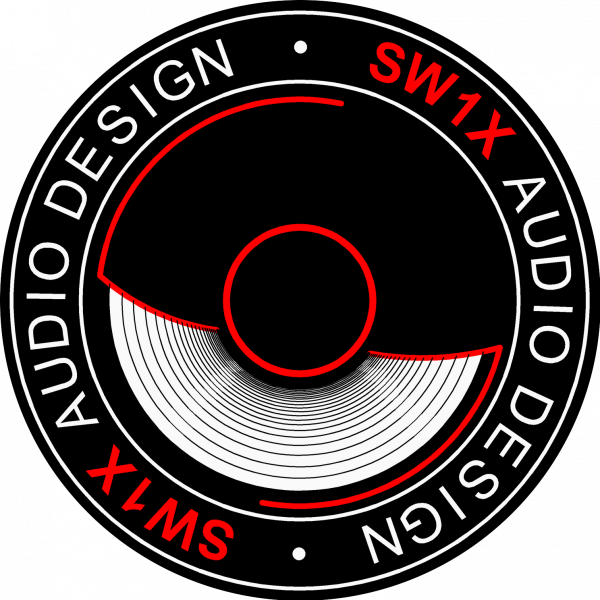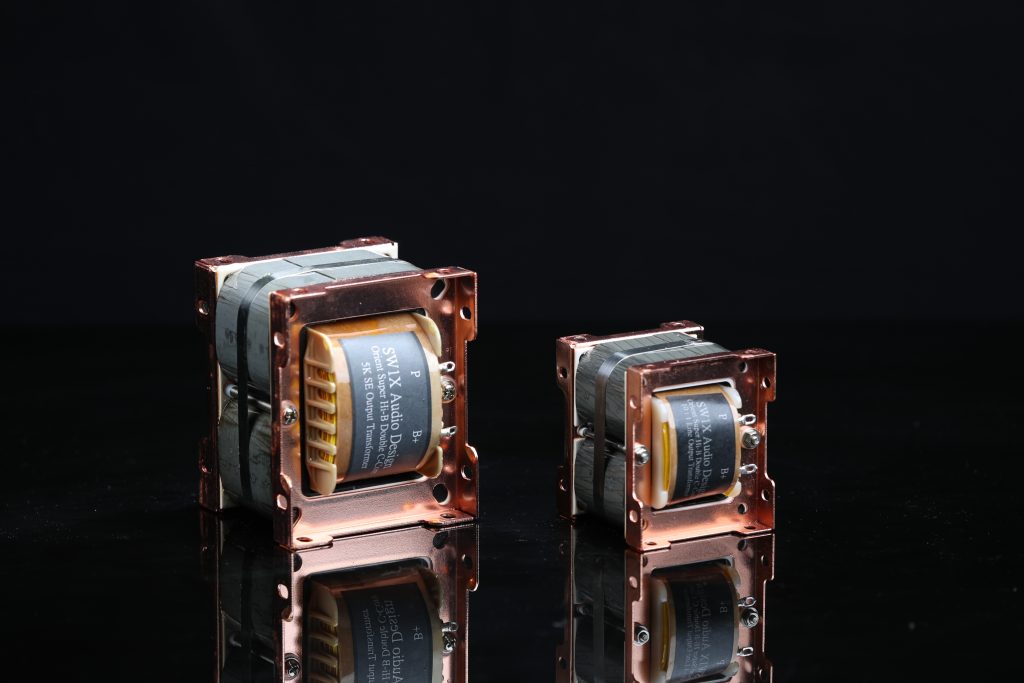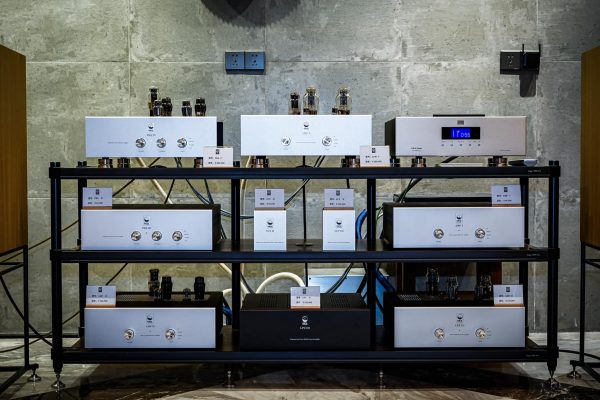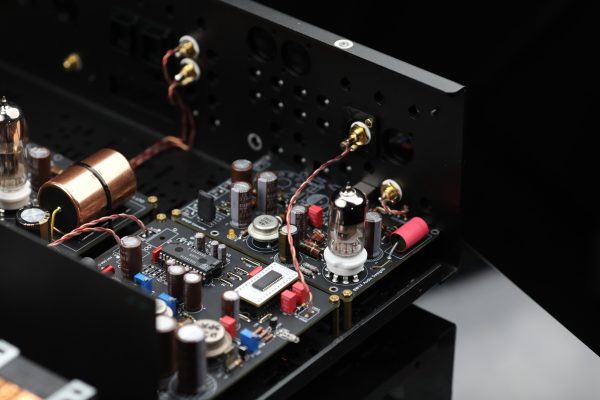Inductive coupling via signal OPTs is the least compromised way to de-couple a gain stage- it is the same topology that is used in our power amplifiers that drive very high loads of speakers. The only difference is that the load is not below 10 Ohms but above 10K Ohms. Therefore, the signal becomes very powerful and one can use smaller cores in the signal OPTs. Unlike signal capacitors, OPTs preserve signal integrity better and have the ability to reduce output impedance of valves, which in turn minimise impedance mismatch and improves linearity by making the initially weak signal very powerful in the end. All our DACs from performance level 4 (DAC IV and V) upwards have signal OPTs for those reasons by default. DAC II and DAC III are available in both versions budget friendly SPX (capacitor de-coupled) and Balanced (OPT de-coupled).
Signal Output Transformer (OPT) de-coupling of the Valve Output Stage is the closest approximation to a truly “invisible” sounding output stage.
The major benefits of having a signal output transformer (L- inductive loading & de-coupling) over a resistor-capacitor (RC) signal de-coupling is as following:
- Signal output transformers can become invisible components only if the finest core materials, wires and optimum winding techniques are employed – the transparency as well as linearity are vastly improved relative to capacitors. Capacitive de-coupling is a much more degenerating way of signal de-coupling with a well known tendency of deleting low level nuances due to dielectric losses.
- The dynamics are stepped up because the tube is inductively loaded (one gets all the gain of a tube but at lower DCR). This in turn provides a more convincing dynamic realism unlike with a high value loading resistor which lessens dynamics.
- The output impedance of a tube output stage is lowered (stepped down, squared root of the ratio), which gives a better drive and impdeance match to the consecutive amplification stage.
For maximum musicality single ended topology is the best way to go. The primary purpose for the name “Balanced” is to denote that there is a signal output transformer (OPT) in the output stage.
The signal OPTs enable the circuit design to stay single ended and to have both single ended and true balanced signal output.




